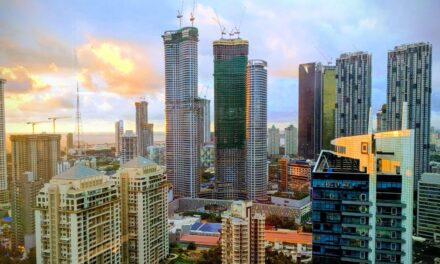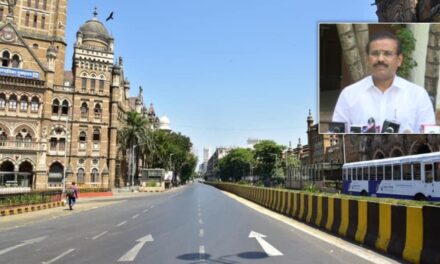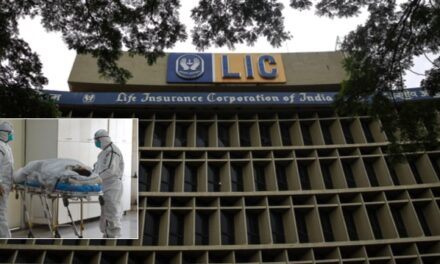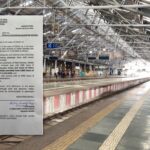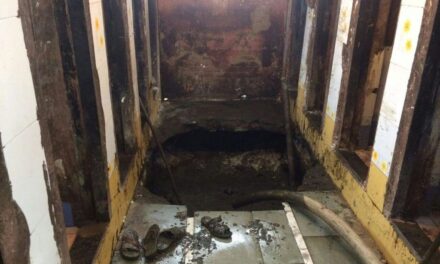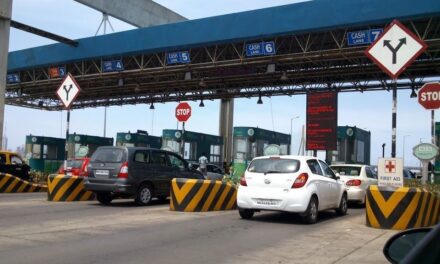Government to decide minimum, maximum fares for Ola & Uber
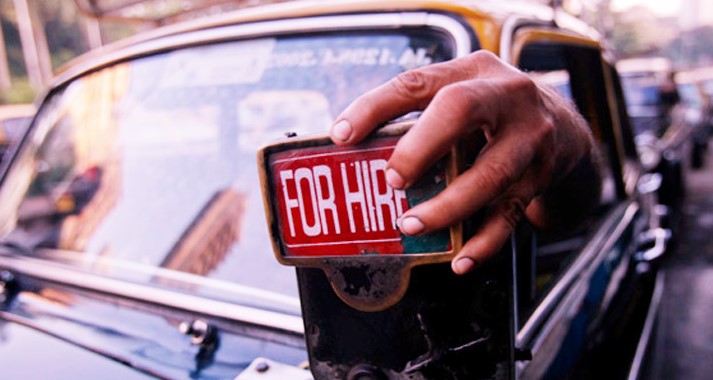

Representational Image
Weeks after taxi and auto unions tried to hold the city at ransom with indefinite strikes, the government made further revisions to the proposed City Taxi Scheme 2015 and inched closer towards its implementation.
The revisions were made during a recent meet which was called for the finalization of the proposed scheme. It was headed by Maharashtra CM Devendra Fadnavis and attended by Transport Minister Diwakar Raote among others.
The scheme was drafted last year following strong protests by auto and taxi unions, who were losing business to their heavily funded and technologically superior counterparts. The unions argued that the aggregators were allowed to operate without any regulation which gave them a significant advantage over regular cabs.
Unions called for multiple strikes over the last 6 months in a bid to ‘strong arm’ the government into implementing the scheme.
Once implemented, it will become the govern all taxis in the city, including the ones operated by app-based aggregators like Ola and Uber.
What is the City Taxi Scheme 2015
The City Taxi Scheme aims to bring all taxis operating within city limits under universal set of rules. Currently, taxis are regulated under Fleet Taxi Scheme 2007, Phone Fleet Taxi Scheme 2010 and Call Taxi Scheme 2010. However, there is no separate scheme for newly introduced app-based aggregators.
To address that, the state government published draft rules of the City Taxi Scheme 2015 and invited suggestions from the general public. Following which, the transport commissioner’s office sent the draft of the scheme to the government. However, the scheme is yet to be implemented.
Why does Mumbai need City Taxi Scheme 2015
The new scheme addresses 3 major concerns:
# It regulates the operations of app-based aggregators, which have enjoyed a free run till date.
# In keeping with the demands of taxi & auto unions, it will define a fixed set of rules that will apply to aggregators and others, thereby creating a level playing field for everyone.
# It will lay down stringent rules to address the issue of passenger safety.
What has changed in the latest draft of the City Taxi Scheme
# The proposed limit of 4,000 taxis per aggregator has been shelved and no upper limit will apply to the number of taxis an aggregator can operate.
# Both minimum and maximum fares will be set for app-based taxis depending on the car type.
# Cabs that show commuters fares on their mobile device will not be required to install electronic meters separately.
# There will be no need to install physical panic buttons or GPS locators in app-based taxis.
# App-based aggregators will not be allowed to use vehicles with All-India Tourist Taxi permits.
Immediate impact on app-based aggregators post implementation of City Taxi Scheme
# All aggregators will have to tweak prices per the minimum and maximum fares permitted under the scheme, implying that they might have to completely do away with or modify ‘surge’ pricing parameters.
# All drivers affiliated with the app-based aggregators will have to get a license before they can legally operate as a cab driver in the city.
# Police verification will become mandatory for all drivers.
# Aggregators might have to setup call centers to address user’s grievances.
What’s next?
While the current draft is ready, an official close to the development has confirmed that another draft will be prepared during a subsequent meeting. Citizens will be called upon to provide suggestions on the draft, before a final one is prepared and presented for approval.


